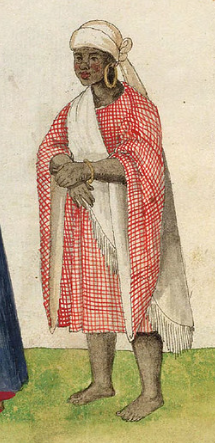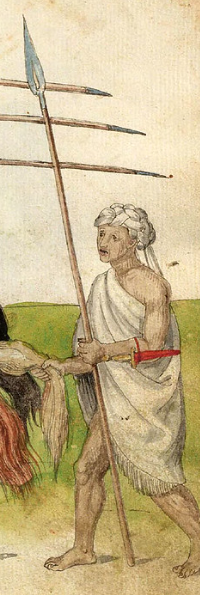What is an Alquicel?
The term **Alquicel** has a profound legacy in the history of medieval fashion. It refers to a garment and fabric of Arabic origin that played a crucial role in clothing during the Middle Ages, particularly in the 13th century. This garment is significant not only for its functionality but also for its cultural and religious symbolism, which allowed its wearers to express their identity and social status.
Origin and Description of the Alquicel
The name "Alquicel" comes from the Arabic terms "kisa" or "qisí," referring to both the fabric and the garment. Originally, this fabric was made of white wool, although variations of linen and cotton were also found. This material was versatile and used in various ways in both the Muslim and Christian worlds.
Types of Alquicel
- Narrow Fabric: The Alquicel was manufactured as a narrow one-piece fabric, used for covering tables, benches, or other furniture. It also served as a blanket, enhancing its practical use within the home.
- Garment: As a garment, the Alquicel was a long tunic with wide sleeves, commonly worn at home. This clothing was especially popular among Muslim and Christian women, providing comfort and elegance.

Photo of the Codex of Costumes: National Library of Spain via the Digital Hispanic Library
Use in Medieval Clothing
The Alquicel not only served practical functions but also held cultural and religious significance. Among its most notable uses, we find:
- Head Covering: Women often wore the Alquicel on their heads, a practice that not only had a decorative purpose but also indicated the social and religious status of the wearer.
- Body Wrap: This garment was also used to wrap the body, draping it over one shoulder and encircling the torso to pass it under the opposite arm. This method of dressing was characteristic of Moorish attire.

Photo of the Codex of Costumes: National Library of Spain via the Digital Hispanic Library
A Vestige of Traditional Fashion
The Alquicel is much more than just a simple garment or fabric; it embodies a rich cultural tradition that developed during the medieval period. Its use was common in both Muslim and Christian societies, reflecting the functionality of the fabric as well as its remarkable adaptation to the customs of its time. Its legacy endures in history, reminding us of the cultural interconnection and diversity that existed during this period.
| Aspect | Description |
|---|---|
| Materials | Wool, Linen, Cotton |
| Main Uses | Covering furniture, clothing as a tunic |
| Cultural Significance | Indicator of social and cultural status |
| Target Audience | Men and women from Muslim and Christian backgrounds |
















